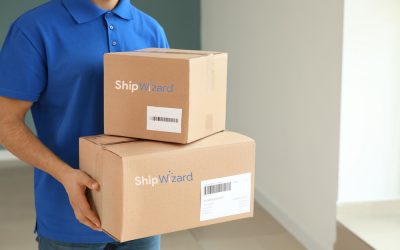This is Part One in a two-part series. Ready Part Two here.
As a business that ships items to customers, you’re challenged each day to get the products where they need to be in a timely manner for the lowest possible cost.
By using a third party logistics (3PL) company, you can gain access to lower shipping costs, along with the added benefit of leveraging their shipping and tracking technology and years of logistics experience that they bring to the table.
If you’re considering this move, you’re not alone. According to the Capgemini Consulting 2014 18th Annual Third-Party Logistics Study, 72% of shippers are relying on 3PLs. This percentage is up slightly from previous years. The survey noted that shippers used 3PL providers in order to drive process improvement, reduce costs and enable their growth as a company.
However not all 3PL providers are created equally. Although all 3PL companies promise to connect a shipper with valuable carrier relationships and shipping optimization, there is a lot of competition out there. If your organization wants to reap the benefits of working with a 3PL company, like cost control, improving customer experience or having the option to expand to different routes, you’ll need to make a choice wisely.
Choosing a 3PL can, however, be challenging because there are multiple factors involved in selecting the right option before you sign the contract and begin outsourcing your logistics.
Where should you look first? It should start with the hard data about your 3PL. Does it make fiscal sense for you to outsource? Will you be able to maintain your margins? Your 3PL choice should help you save money at the end of the day.
In order to determine this, you need to understand your own needs and your current costs. Gather your shipping information and analyze it.
You’ll need to pay attention to three key areas:
- Your current freight logistics and supply chain costs – including an estimate of costs per mile and hundred weight for freight.
- Your current freight accounting and audit performance records.
- Your list of current carrier relationships and any problems with them.
Armed with this information, you can begin to narrow the field of 3PL providers. You can easily weed out those that won’t meet your cost needs, and eliminate options that have the same issues as your current providers. Then you can focus on the 3PL providers that can both meet your needs and improve your processed. Considering the fact that 3PL can account for 60% of your supply chain costs, and somewhere between 4 to 9% of your total revenue it pays to do this type of in-depth consideration.









